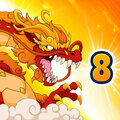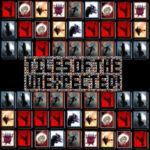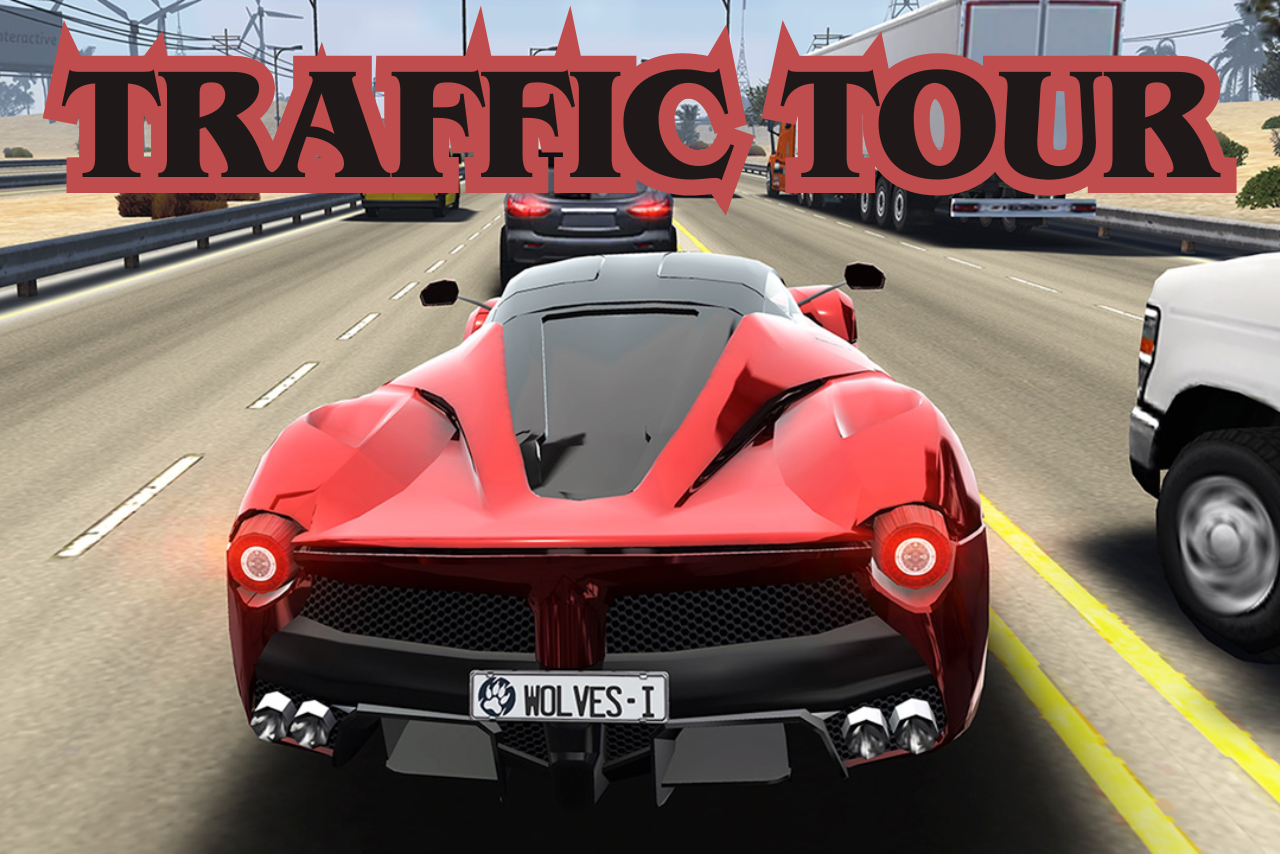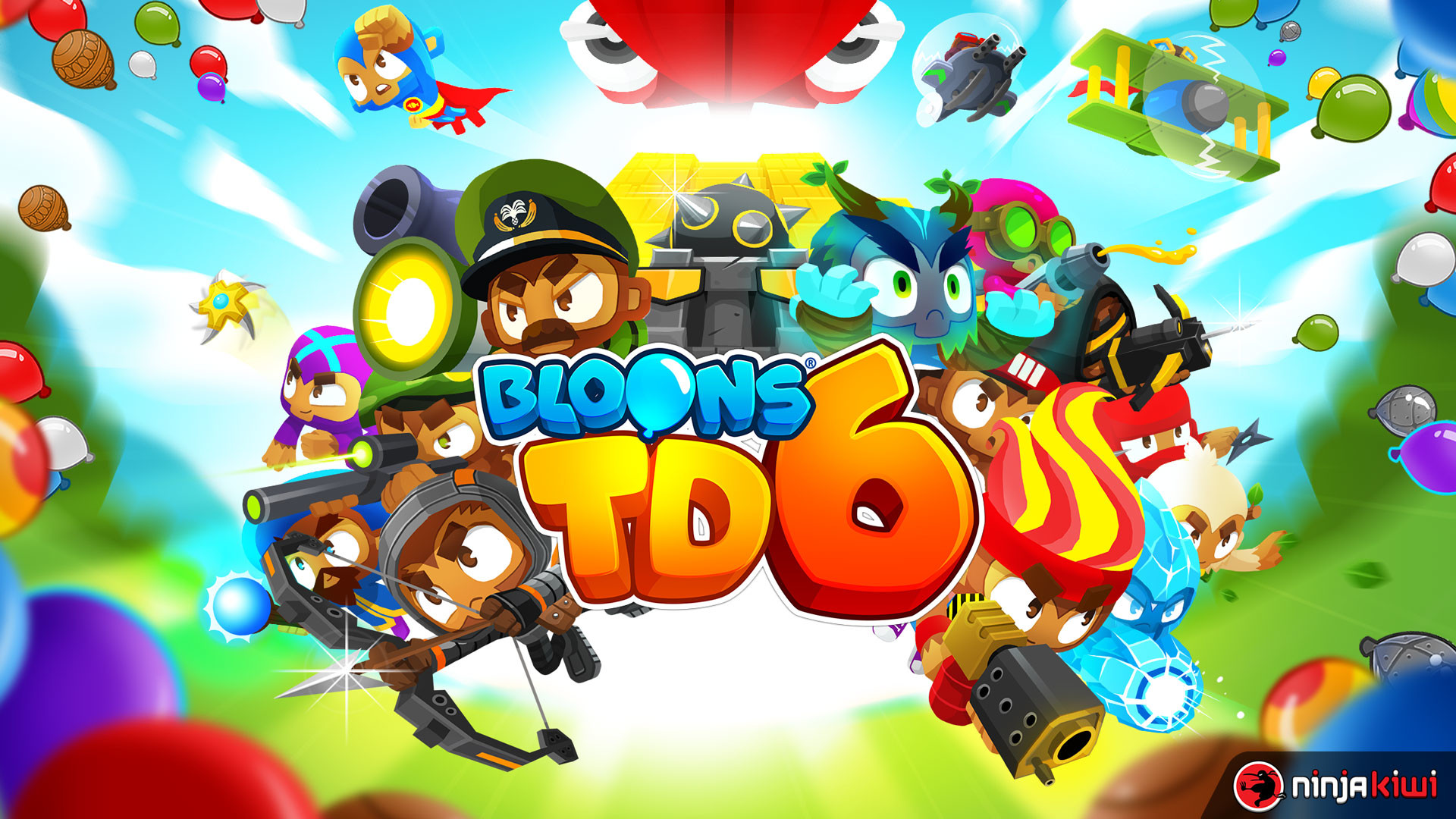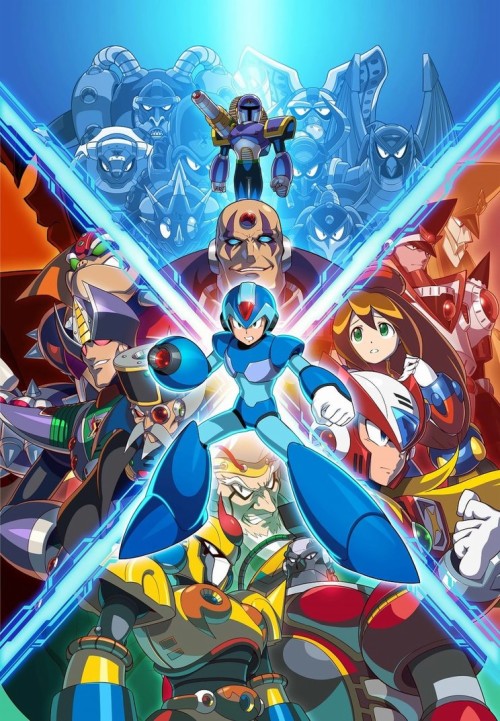League of Legends – The Ultimate MOBA Experience
Introduction: The Battle for Summoner’s Rift
League of Legends (LoL), developed by Riot Games, is a multiplayer online battle arena (MOBA) game that has reigned supreme in the esports world since its release in October 2009. With its fast-paced, strategic gameplay, constant updates, and a massive global community, League of Legends has earned its place as one of the most iconic and influential games in the genre.
Set in the fictional world of Runeterra, players assume the role of a “champion” with unique abilities, engaging in 5v5 matches on a map known as Summoner’s Rift. The objective is simple yet challenging: destroy the enemy’s Nexus before they destroy yours. However, beneath this simplicity lies a game filled with complexity, teamwork, and skill that has kept players coming back for over a decade.
1. Gameplay Mechanics: Fast-Paced, Strategic, and Team-Oriented
At its core, League of Legends is a team-based game where players choose from a roster of over 140 champions, each with their own distinct abilities and playstyles. The game revolves around a 5v5 format, where teams are tasked with pushing down lanes, defeating powerful monsters, and ultimately destroying the enemy’s Nexus. This is done by taking down turrets, minions, and enemy champions, all while protecting one’s own team and objectives.
The game requires immense teamwork, strategic planning, and quick reflexes. Champions can fill various roles such as a Tank, Support, Marksman, Assassin, and Mage, and each role has a specific function within the team. The game also incorporates an item system, where players can buy and upgrade items to suit their playstyle, adding layers of depth and strategy.
Pros:
-
Deep, strategic gameplay with a lot of team-based tactics.
-
Over 140 champions with diverse abilities and playstyles.
-
Frequent updates, balance changes, and new champion releases.
-
Well-established esports scene with global tournaments.
Cons:
-
Steep learning curve for beginners, especially in terms of mechanics and meta.
-
High-stress competitive environment, with a toxic player base at times.
-
Long match durations (30-40 minutes per game).
2. Champions: Diverse and Unique Playstyles
One of League of Legends' biggest draws is its roster of champions. The game features over 140 playable champions, each with unique abilities and strengths. Champions are categorized into roles such as assassins, marksmen, tanks, supports, and mages, allowing players to find a champion that fits their preferred playstyle.
For example, a champion like Yasuo is known for his skillful mechanics and high mobility, while a tank like Malphite can soak up damage for his team. League of Legends offers a variety of champions that suit any playstyle, from those who love high-risk, high-reward plays to players who prefer a more defensive, supportive role.
The champion pool is constantly updated, with new champions being added regularly, as well as balance changes to keep the gameplay fresh and exciting.
Pros:
-
A wide variety of champions with different playstyles.
-
Regular updates introduce new champions and reworks to keep things fresh.
-
Champions can be customized through skins, which change their appearance.
Cons:
-
Some champions can feel overpowered (OP) or unbalanced, leading to frustration.
-
The learning curve is steep, especially for champions with complex mechanics.
3. Map and Objectives: Summoner’s Rift and Its Strategic Depth
League of Legends is primarily played on Summoner’s Rift, a three-lane map with jungle areas, turrets, and key objectives. Players need to navigate this map efficiently, securing important objectives that can help their team gain an advantage. Objectives include:
-
Turrets: Defensive structures that protect each team’s Nexus and inhibitors.
-
Inhibitors: Destruction of these grants the enemy super minions to push lanes.
-
Dragon: Grants buffs to the team that kills it.
-
Baron Nashor: Provides a powerful buff to the team that kills it, allowing them to push for objectives more effectively.
These objectives, along with the map's dynamic nature, require constant teamwork, vision control, and map awareness to gain the upper hand.
Pros:
-
The map offers strategic depth with a variety of objectives that can turn the tide of battle.
-
The jungle adds a layer of complexity with neutral monsters and the need for vision control.
-
The design encourages both individual skill and teamwork.
Cons:
-
Lack of clear objective control can lead to frustration.
-
Solo laners can sometimes be isolated or left vulnerable if they are not supported by the team.
4. Esports: A Global Phenomenon
League of Legends has become a staple in the esports industry, with a professional scene that spans across the globe. Major events like the League of Legends World Championship (Worlds) attract millions of viewers, featuring the best teams from all over the world. The competitive scene has fostered a thriving ecosystem of players, coaches, analysts, and commentators.
The game’s ranking system also allows players to compete against each other at various levels, from Bronze to Challenger, ensuring that players of all skill levels can find opponents at their level.
Pros:
-
Large-scale esports tournaments with global viewership.
-
Competitive ranking system with matchmaking that ensures fair matches.
-
Thriving community of professional players and streamers.
Cons:
-
High skill gap between casual players and professional players can be discouraging.
-
Some players may feel demotivated by frequent losses or matchmaking issues.
5. Visuals and Art Design: Beautiful and Immersive
League of Legends has a unique, stylized art direction that blends colorful, vibrant environments with detailed character designs. While not aiming for hyper-realistic visuals, the art style is aesthetically pleasing, with rich textures and dynamic effects during abilities, especially in high-action moments.
Each champion has unique skins that offer different visual themes, from futuristic designs to fantasy-inspired looks, adding a layer of customization. These skins can be purchased in the in-game store, providing a visual incentive for players.
Pros:
-
Bright and colorful art style that stands out.
-
Dynamic visual effects during combat and abilities.
-
Frequent skin releases add variety and customization.
Cons:
-
While the art is appealing, some older champions' models are starting to feel outdated.
-
The visual effects can sometimes be overwhelming during intense moments.
6. Community and Social Features: Connect and Compete
League of Legends has one of the largest gaming communities in the world, with millions of active players. The game encourages social interaction through its team-based nature, where players must communicate and cooperate to succeed. The chat system and voice communication features enable players to strategize and bond with teammates.
However, the community is also known for its toxicity, especially in ranked play. Players can be rude, abusive, or unsporting, making the experience frustrating at times. Riot Games has implemented measures to curb toxicity, such as reporting systems, but the issue still persists in some corners of the community.
Pros:
-
Team-based play encourages social interaction and collaboration.
-
Frequent events and rewards foster community participation.
-
Option to play with friends or join a ranked team.
Cons:
-
Toxicity in ranked matches can detract from the experience.
-
Queue times can be long for certain regions and tiers.
7. Monetization: Free-to-Play with Cosmetic Microtransactions
League of Legends operates on a free-to-play model, with revenue coming primarily from cosmetic microtransactions. Players can purchase skins, emotes, and other in-game items using Riot Points (RP), which can be bought with real money. Skins are purely cosmetic and do not affect gameplay, ensuring that the game remains competitive for all players regardless of their spending.
Pros:
-
Free-to-play model with no pay-to-win mechanics.
-
Cosmetic items, such as skins, add aesthetic value without affecting gameplay.
Cons:
-
Some players feel pressured to spend money on cosmetic items.
-
The in-game store can feel overwhelming due to frequent sales and promotions.
8. Updates and Patches: Constant Evolution
League of Legends is known for its regular updates and patches, which bring balance changes, bug fixes, and new content. Riot Games actively listens to player feedback and implements changes to ensure that the game remains fresh and fair. These updates can significantly change the meta, making the game feel new and dynamic each season.
Pros:
-
Regular updates keep the game fresh and exciting.
-
New champions, skins, and balance changes ensure a continuously evolving experience.
-
Riot Games actively communicates with the community regarding upcoming changes.
Cons:
-
Major patches sometimes lead to imbalances or bugs that take time to fix.
-
Frequent changes can be overwhelming for new players or those accustomed to the old meta.
9. Ranking System: Climb the Ladder
The ranking system in League of Legends is one of the main draws for competitive players. With rankings ranging from Iron to Challenger, players can climb the ladder by winning ranked matches and gaining LP (League Points). The matchmaking system tries to match players with others of similar skill levels, but due to the complex nature of the game, it can sometimes feel inconsistent.
Players can also join Leagues, which are groups of players who can compete in seasonal tournaments. These events often have in-game rewards and recognition for top performers.
Pros:
-
Competitive ranking system with the opportunity to climb the ladder.
-
Recognizable rewards for top players and teams.
-
Ranked mode keeps competitive players engaged.
Cons:
-
Ranked matches can be stressful and often lead to frustration.
-
The system can feel unfair at times due to unbalanced matches or toxic teammates.
10. Conclusion: The King of MOBAs
In conclusion, League of Legends is undoubtedly one of the most influential and enduring games in the world of esports and competitive gaming. With its deep, strategic gameplay, large roster of champions, and a continually evolving competitive scene, LoL has earned its status as the king of MOBAs. While its steep learning curve, occasional toxicity, and long match times may deter some players, the game’s vast depth, rewarding gameplay, and vibrant community ensure that it remains a top choice for competitive gamers worldwide.















